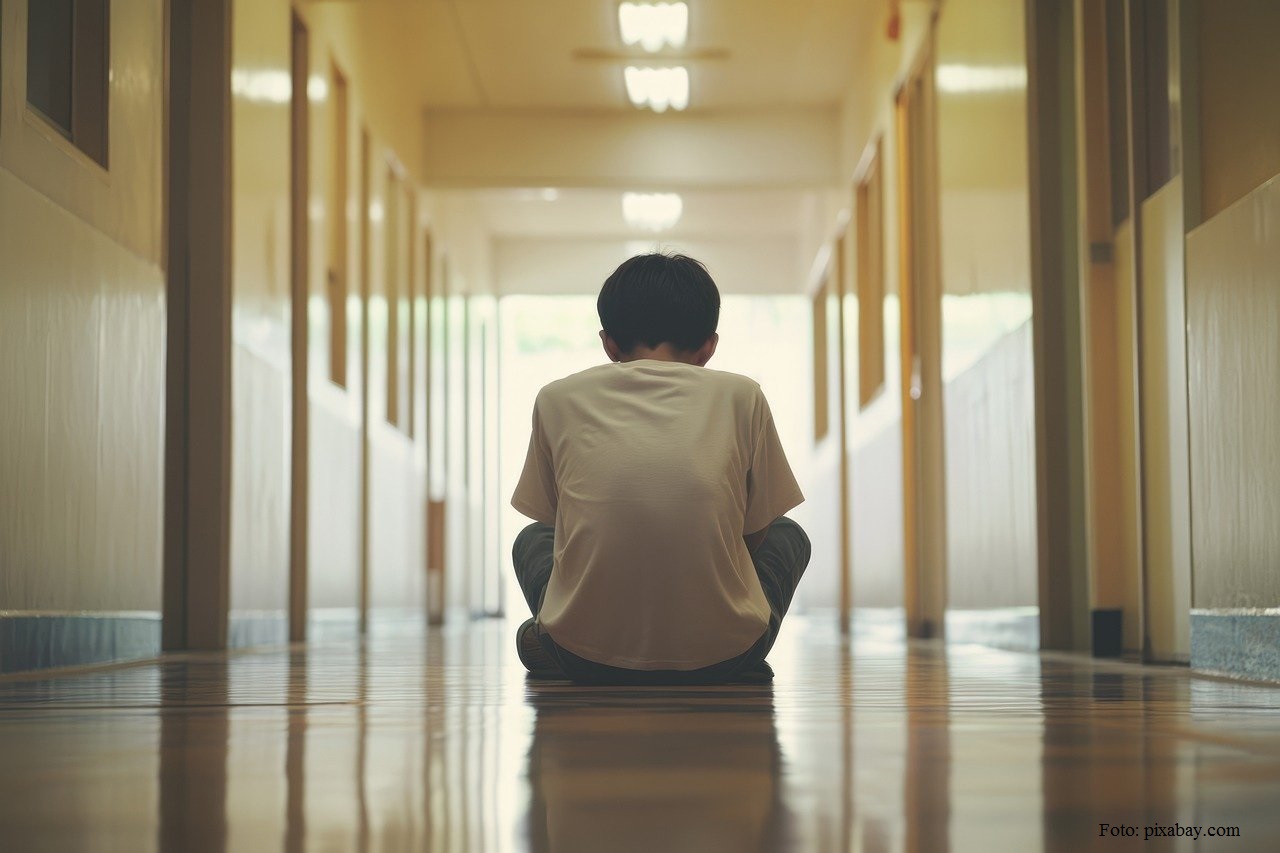Education in 2015
The European Union's Education and Training Monitor captures the evolution of Europe's education and training systems.

Christine Leșcu, 30.12.2015, 13:02
Now in
its fourth edition, the European Union’s Education and Training Monitor
captures the evolution of Europe’s education and training systems and the way
in which they impact the socio-economic background. By and large, the document
stipulates that investments are still needed, to render education more
inclusive, and also to stimulate social
mobility. Therefore, one of the most natural investments is the one in
education, by earmarking a bigger sum from the state budget. This is one of the
conclusions highlighted by the head of the European Commission Representation
in Bucharest, Angela Filote.
Angela Filote: Another
correlation we could notice is the one between the budget earmarked for education
and the performance of the sector. And as regards this chapter, Romania is at
the bottom of the list across the European Union, with a tendency of reducing
even further the budget for education. I hope that this tendency, which in no
way honors Romania, will not continue. I’d also like to see that the budget for
education is used in an efficient and effective way, since many times we see that
the main problem is how the money is used. And there’s yet another
important thing about education. This field impacts not only the economy, but
also society in its entirety. A population benefiting from an adequate level of
education is less likely to run the risk of being faced with marginalization
and social exclusion. There’s a saying in Romania, which goes something like
‘No schooling, no fair share of anything’. And in Romania, there are a great
many children who don’t have their fair share of books. Such a phenomenon is
rampant in rural areas, in the underprivileged as well as in the Rroma
communities.
School
dropout rate indicators also reflect the condition of people in the rural
areas, all the more so as school dropout occurs because of the gap between the
rural and the urban environment. In this respect, Romania is placed above the
European average, with 18.1 %, as against 11.1%, and the situation is much
worse in the rural areas, as compared to the urban ones. Actually,
socio-economic and educational disparities between the city and the village in
Romania make an invariable indicator in the aforementioned report.
Unfortunately, such disparities are in no way balanced out by better
educational results. PISA tests have revealed that pupils under the age of 15
stand at a lower level when it comes to reading, accounting for 37.3 %, as
compared to the EU average level of 17.8%, for pupils in the same age bracket.
The same goes for Mathematics, 40.8%, as against the 22.1% average across the
European Union, or Sciences, 37.3% as compared to the European average of 16.6 %.
Apart
from the recommendation to implement the strategies that have been already
developed, the European Commission also had other messages for Romania. With
details on that, here is a member of the European Commission’s Directorate
General for Education and Culture Florin Popa.
Florin Popa: Inequality, socio-economic and educational disadvantages are correlated.
Inequity starts quite early, and most of the times it is passed from one
generation to another, and, unless it is remedied in due time, it gets worse.
It is not the kind of problem that would find
a solution by itself, in time. On the contrary, it gets worse.
Socio-economic and educational
indicators are not only correlated, but this correlation is even more
intense in the case of underprivileged categories, who are in a vulnerable
position. Therefore, the main point of intervention should be early education,
starting even before pre-school. It is there that the most effective
interventions can be made with regard to bridging social gaps. The second
matter is that of political accountability. We do have a regulatory framework,
but this just lies in the background if it is not given
the opportunity to become the desired element of change. Again, it’s about the
coherence and complementarity between various strategies.
Recently
appointed Education Minister, Adrian Curaj, the former Director General of the
Executive Unit for Financing Higher Education, Research, Development and
Innovation (UEFISCDI), believes that innovation could be a solution, even for
bridging educational gaps. According to him, innovative educational policies
are needed, able to combine the autonomy of education institutions with
governmental strategies.
Adrian Curaj: The
idea of bridging gaps is something amazing. It translates into the perseverance
of seeing something through, step by step. I would like to find the innovation
or invention that would help me achieve this. But apart from ability, of which
we think we have plenty, we also need the willingness to experiment. And while
I strongly believe in Romanians’ ability to be creative, I am not that sure of
our entrepreneurial skills. Romania’s chance is creativity and education. These
two can make a difference, together with the competitiveness generated by
people’s strength and resourcefulness.
Another conclusion of the EU Education
and Training Monitor is that Member States should work together and exchange
‘know-how’ in order to improve their response to the challenges in their
education systems.






























